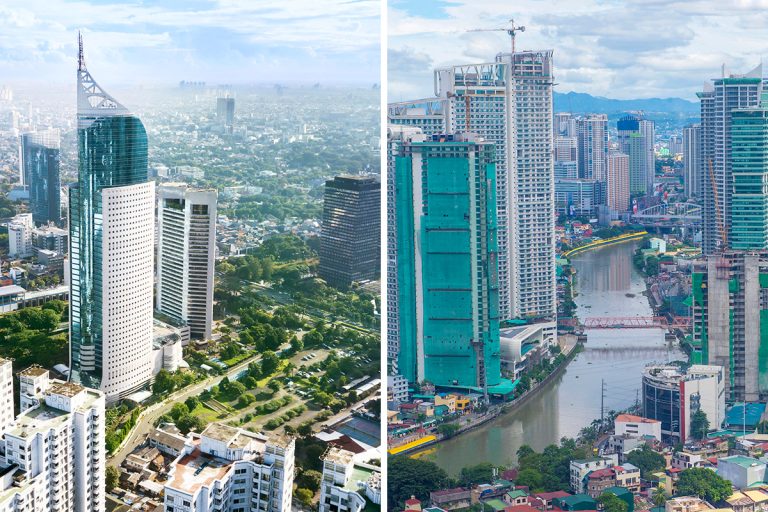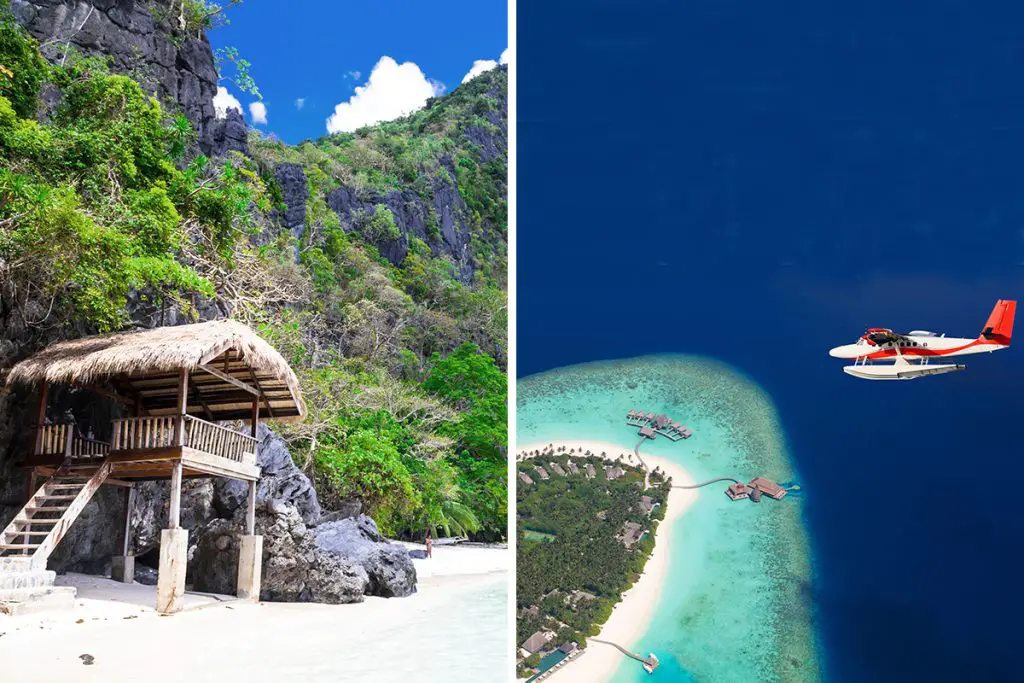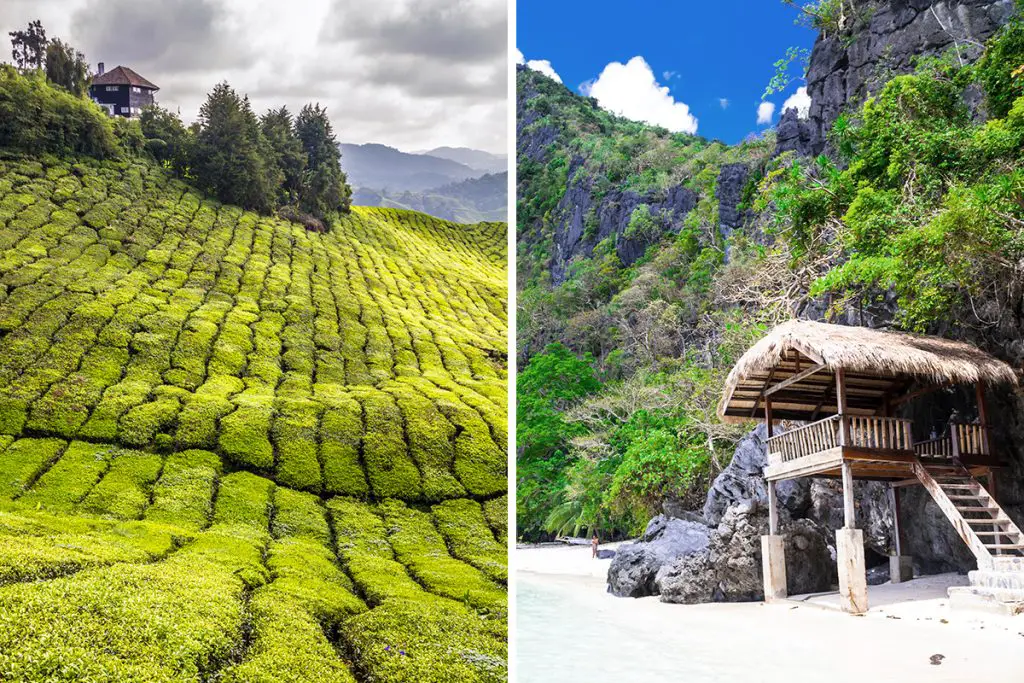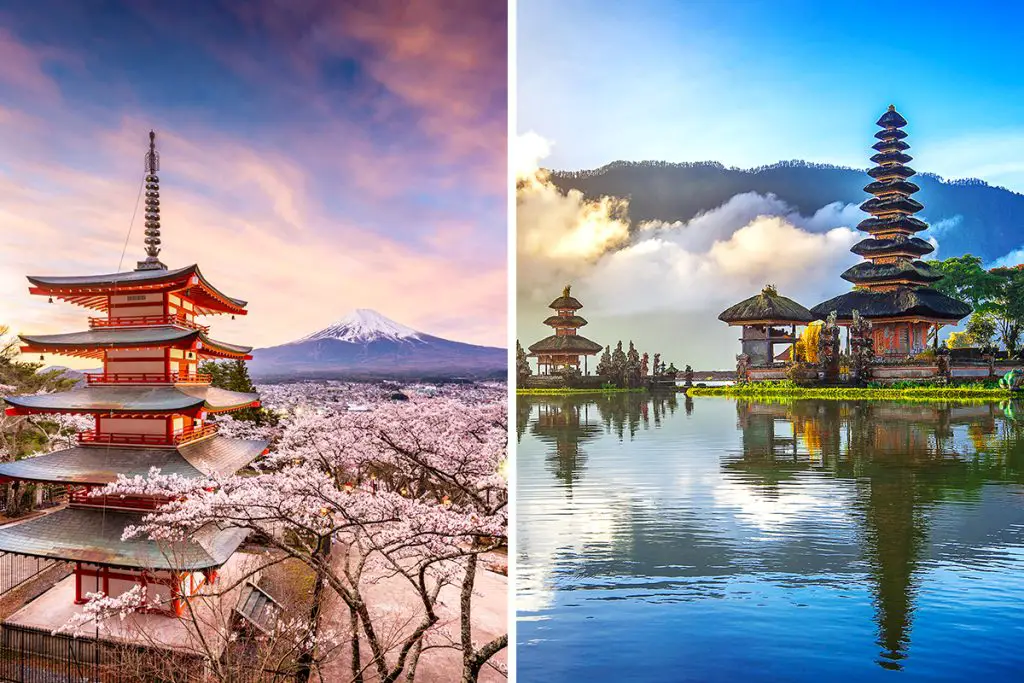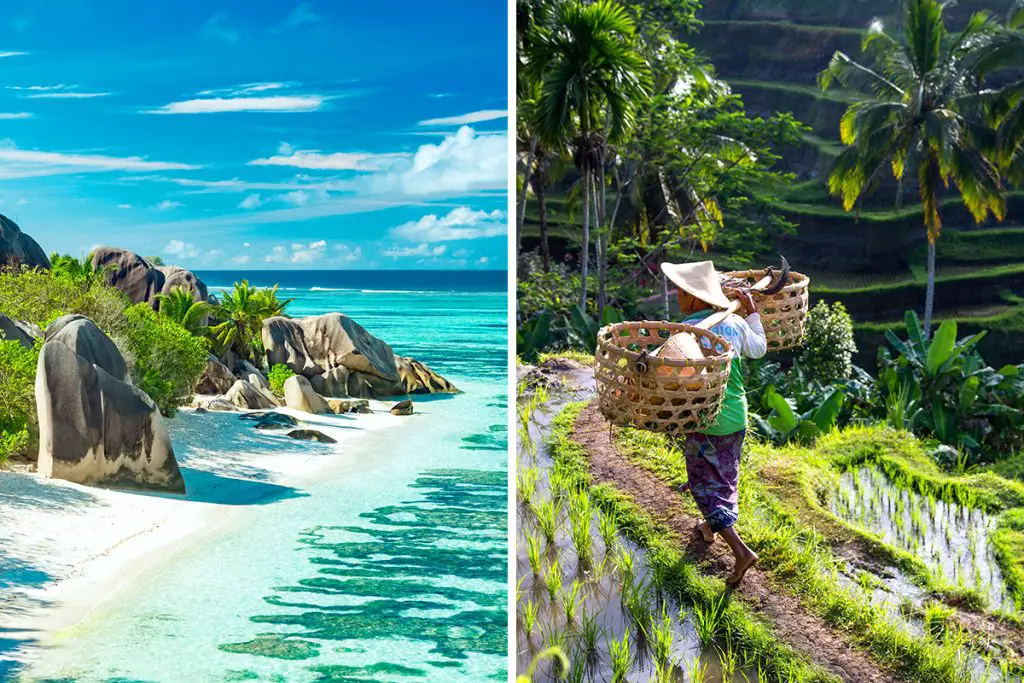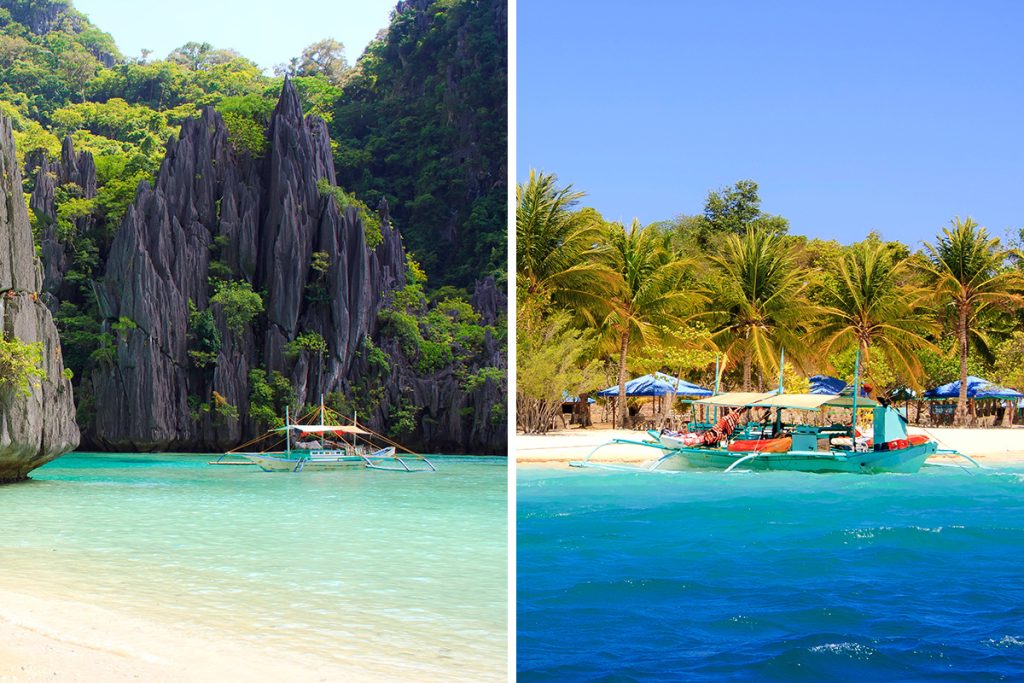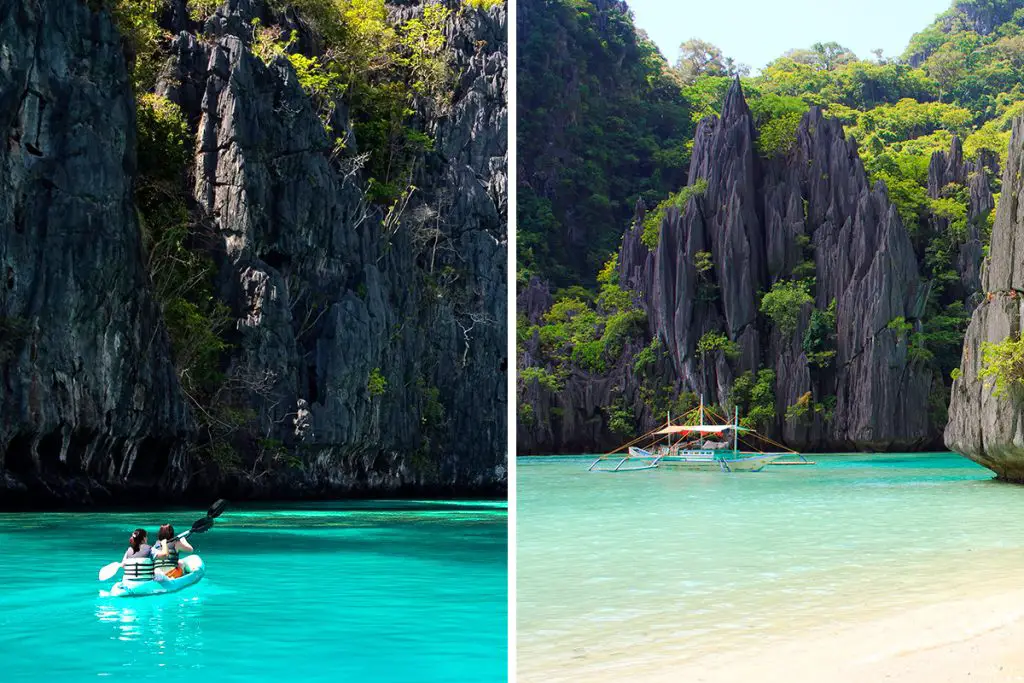Jakarta and Manila, two of the most captivating cities in Southeast Asia, are each a melting pot of intriguing histories and cultures. As you explore the intricacies of these urban gems, you’ll discover layers of their past and present, which weave together the cities’ identities. So why wait? Let’s embark on this voyage of discovery to better appreciate the cultural richness of these cities.
History & Culture
Let’s commence our journey with Jakarta. The city has a history that stretches back centuries, starting from the Hindu Kingdom of Tarumanagara in the 4th century, through to the Dutch colonial era, and up to its current status as Indonesia’s capital. This historical timeline has left an indelible mark on the city’s culture, reflected in its architectural style, language diversity, and unique customs.
In Jakarta, you’re certain to stumble upon remnants of bygone eras, a testament to its historical resilience.
Turning our gaze to Manila, you’ll find a city that’s a cultural mélange. The city’s history has been shaped by a blend of indigenous, Spanish, American, and Asian influences.
From its establishment as a tribal settlement to becoming the capital of the Spanish East Indies, and later the center of American administration, Manila’s history has been diverse and colorful. This mix of influences has infused the city with an unmatched cultural richness, offering an intoxicating blend of East meets West.
In comparing Jakarta and Manila, it’s evident that both cities are culturally rich and historically significant. While Jakarta’s history has been largely influenced by Hindu and Dutch colonial periods, Manila has a more varied past, bearing the imprint of indigenous, Spanish, American, and Asian cultures.
Both cities, nonetheless, present a mesmerizing mix of the old and new, where traditional customs coexist with modern urban living.
The intricate tapestries of history and culture in Jakarta and Manila make them captivating destinations. They offer a unique glimpse into Southeast Asia’s past, while also presenting a snapshot of its evolving present. While their histories might differ, both cities share an undeniable cultural richness that lends them their unique charm.
In conclusion, whether you’re drawn to Jakarta’s diverse cultures and epochs or Manila’s vibrant colonial history and local traditions, both cities promise an enriching journey into the past. The choice between them depends largely on which historical narratives and cultural nuances resonate most with you. So, where would you like your next adventure to begin?
Attractions & Activities
Now, let’s turn our focus to the captivating attractions and thrilling activities that these two cities offer. Both Jakarta and Manila are teeming with destinations that are steeped in history, culture, and beauty. Let’s delve into some specifics to see how they stack up against each other.
Jakarta is a city where history, culture, and modernity converge. If you’re an architecture enthusiast, you can explore the charming Dutch colonial buildings in Kota Tua, the old town of Jakarta.
Fancy some green spaces? Head to the Ragunan Zoo, where you’ll find more than 270 species of animals housed in a verdant, tropical setting. For art lovers, Jakarta is home to galleries like the Museum MACAN, showcasing contemporary and modern art from Indonesia and around the world.
In contrast, Manila offers a rich array of historical landmarks. Intramuros, the oldest district and historic core of Manila, is a must-visit. This fortified city is a snapshot of the country’s colonial past with its cobblestone streets, old churches, and Spanish-era houses.
For nature lovers, Rizal Park, named after the country’s national hero, offers a serene respite from the city’s hustle and bustle. It’s also a site of national significance, with monuments and museums that are worth visiting.
When it comes to activities, both cities are packed with options. In Jakarta, you could take a boat ride across the Thousand Islands to experience the area’s natural beauty. You might also consider visiting the Taman Mini Indonesia Indah, a theme park that offers an intriguing glimpse of the entire country’s cultural diversity.
Meanwhile, in Manila, you could explore Binondo, the world’s oldest Chinatown, where you can immerse yourself in a different cultural experience without leaving the city.
In comparing Jakarta and Manila, it’s clear that both cities offer a plethora of attractions and activities that cater to different interests. Whether it’s Jakarta’s architectural treasures and art spaces or Manila’s historic sites and cultural neighborhoods, both cities are brimming with experiences that promise to captivate and inspire.
In conclusion, your choice between Jakarta and Manila could well be influenced by your preferred style of exploration. Are you drawn more to the artistic and natural attractions of Jakarta or the historical and cultural landmarks of Manila? Remember, it’s not just about sightseeing, but also about immersing yourself in the experiences these cities have to offer.
Eating, Drinking & Nightlife
As cities steeped in vibrant cultures, Jakarta and Manila both offer a feast for the senses when it comes to food, drink, and nightlife. The cities beckon with a variety of local dishes, unique beverages, and lively entertainment options that contribute to an unforgettable experience.
In Jakarta, the culinary scene is as diverse as the city itself. One cannot miss trying nasi goreng, a flavorful fried rice dish that’s a staple in Indonesian cuisine. Street food lovers will enjoy the bustling food stalls at places like Jalan Sabang and Jalan Jaksa, where a variety of traditional Indonesian snacks are served.
In contrast, Manila’s food landscape is a culinary journey through the country’s history. The city is famous for adobo, a marinated meat dish that’s considered the unofficial national dish of the Philippines. Local eateries, known as ‘carinderias’, offer a taste of home-cooked Filipino meals and are a must-visit for food enthusiasts.
When it comes to drinking, Jakarta stands out with its thriving coffee culture. The city is filled with coffee shops, from local artisanal cafes to popular international chains. Additionally, the traditional Indonesian drink, jamu, a herbal medicinal drink, is something unique to try.
Manila, meanwhile, offers a different experience. The city is known for its locally made rum, with brands like Tanduay being internationally recognized. Also, Manila’s mango shakes are a refreshing tropical delight that shouldn’t be missed.
As for the nightlife, Jakarta is home to a wide array of entertainment options. From trendy rooftop bars overlooking the city skyline to lively local music scenes, Jakarta offers a fun-filled nocturnal experience.
In Manila, the nightlife is equally vibrant. Karaoke bars, a beloved pastime in the Philippines, live music venues, and night markets contribute to the city’s dynamic after-dark ambiance.
To sum up, both Jakarta and Manila offer a rich culinary scene, unique drinks, and energetic nightlife. Whether you’re relishing the street food in Jakarta, enjoying the rum in Manila, or soaking up the nightlife in either city, you’re bound to have an amazing time.
Shopping
Shopping in Jakarta and Manila is an experience in itself, with each city offering a distinct blend of traditional markets and modern shopping centers. Let’s dive in to discover the unique shopping experiences each city has to offer.
Jakarta is home to a range of shopping experiences, from upscale malls to traditional markets. For luxury brands and high-end fashion, places like Plaza Indonesia or Pacific Place are the go-to destinations. On the other hand, for a taste of local culture and bargain hunting, markets like Pasar Tanah Abang, the biggest textile market in Southeast Asia, is a must-visit.
Manila offers a slightly different shopping experience. The city is known for its malls, which are among the largest in the world. SM Mall of Asia and Greenbelt Mall provide a wide array of international brands and local boutiques. For more traditional shopping, Divisoria Market is the place to go. Known as a bargain hunter’s paradise, it offers everything from clothes to handicrafts.
While both cities offer a mix of modern and traditional shopping, their experiences are unique. Jakarta’s shopping scene is marked by a contrast between its high-end malls and local markets, offering a blend of luxury and culture. Meanwhile, Manila’s shopping experience is characterized by its gigantic malls and bustling local markets.
In conclusion, the shopping experiences in Jakarta and Manila are varied and exciting, whether you’re looking for luxury brands, bargain deals, or local handicrafts. Depending on your shopping preferences, each city offers something different. So, which city’s shopping streets are you eager to explore?
Accommodation
Finding the perfect place to stay can make a trip more enjoyable. Both Jakarta and Manila offer a variety of accommodations to fit different needs and budgets. Let’s delve into the distinct characteristics of the lodging options these two cities offer.
Jakarta, as a bustling metropolis, offers a range of accommodations, from luxurious 5-star hotels to budget-friendly guesthouses. Top-end options like the Raffles Jakarta or the Mandarin Oriental offer opulent stays, boasting world-class facilities.
For the budget-conscious, guesthouses and budget hotels in areas like Jalan Jaksa provide affordable and comfortable stays.
In Manila, the city’s Spanish colonial history is reflected in its accommodations. Intramuros, the historic heart of Manila, is home to charming boutique hotels like The Bayleaf Intramuros. The city also offers a variety of upscale accommodations like the Sofitel Philippine Plaza Manila and The Peninsula Manila.
For budget travelers, areas like Malate and Ermita have a good selection of affordable guesthouses and hostels.
To sum up, both Jakarta and Manila have a diverse range of accommodations. Whether you’re looking for the luxury of a high-end hotel or the affordability of a guesthouse, both cities have something to offer.
Family-Friendliness & Children’s Activities
Family-friendly travel experiences can create memories that last a lifetime. Both Jakarta and Manila have plenty of activities that children will love.
Jakarta has many exciting attractions for kids. The Ragunan Zoo, home to a variety of animals, is a hit with children. Additionally, the Taman Mini Indonesia Indah, a culture-based recreational area, has museums and parks that are both educational and entertaining for kids.
Manila, on the other hand, offers attractions like Manila Ocean Park, an oceanarium with a wealth of marine life that kids can learn about and interact with. The city also boasts of KidZania Manila, an interactive city made for children to learn through role-play, offering both fun and learning in one place.
In terms of family-friendly amenities, both cities offer many accommodations and restaurants that cater to families with children. Child-friendly menus, kids’ clubs, and babysitting services are available in many places.
In summary, both Jakarta and Manila provide a wide array of children’s activities and family-friendly facilities. Whether it’s learning about animals in Jakarta or playing in an interactive city in Manila, these cities ensure that traveling with children is a breeze.
Getting There & Getting Around
Traveling to and around a foreign city can be an adventure. Let’s look at the transportation options in Jakarta and Manila.
Getting to Jakarta is fairly straightforward. Soekarno-Hatta International Airport, located about 20 miles (or approximately 32 kilometers) west of downtown Jakarta, is Indonesia’s busiest airport. It’s well-connected to major cities around the world.
On the other hand, Manila’s Ninoy Aquino International Airport, approximately 8 miles (or around 13 kilometers) south of Manila, serves as the main gateway to the Philippines. It also connects the city to many international and domestic destinations.
Once in the cities, getting around in Jakarta primarily involves taxis, buses, and the city’s commuter train system. The city also recently introduced the MRT Jakarta, a rapid transit system that helps cut down travel time significantly.
Manila’s transportation system includes the Manila Light Rail Transit System and city buses. However, the city’s iconic jeepneys – brightly colored, shared taxis – offer a unique way to travel around the city.
In conclusion, whether it’s arriving at the city or exploring the local sights, both Jakarta and Manila offer a variety of transportation options to suit different needs. So, which city’s streets are you ready to navigate?
Weather
One key factor in planning any trip is the weather. Let’s take a look at what you can expect when you visit Jakarta and Manila.
Jakarta, located near the equator, has a tropical monsoon climate. This means the city experiences fairly consistent temperatures throughout the year, averaging around 81°F (or about 27°C). However, there are two distinct seasons: the dry season from June to October, and the rainy season from November to March.
In Manila, the climate is similar, also classified as tropical savanna. It has a dry season from November to April and a wet season from May to October. The city experiences average temperatures around 80°F (or about 27°C), very similar to Jakarta.
In conclusion, Jakarta and Manila have similar tropical climates with comparable temperatures. Your choice might come down to when you’re planning to visit and how much rainfall you’re prepared to encounter.
Safety
Feeling safe and secure is crucial when traveling. Let’s see how Jakarta and Manila compare in this regard.
Jakarta is generally safe for tourists, with common sense precautions needed just like in any other big city. Petty crimes like pickpocketing can happen, especially in crowded places. However, the city is known for its friendly locals and helpful police force.
Similarly, Manila is largely safe for visitors. However, it’s still advisable to be cautious of your belongings, particularly in crowded areas. Manila has also implemented a strict smoking ban in public places, contributing to a healthier environment for everyone.
When it comes to natural hazards, both cities are situated in areas prone to earthquakes. It’s a good idea to familiarize yourself with safety procedures in case of such an event.
To summarize, both Jakarta and Manila are relatively safe cities for tourists. It’s always important to stay aware and take the usual travel precautions, regardless of your destination.
Cost
Budget considerations are often key when planning a trip. Let’s dive into what kind of expenses you can expect in Jakarta and Manila.
In Jakarta, a budget meal might cost around IDR 40,000 (approximately 3 US dollars). For accommodations, a budget hotel room might start at around IDR 150,000 (roughly 10 US dollars) per night. As for transportation, a one-way ticket on local transport could cost around IDR 4,000 (around 0.3 US dollars).
In Manila, you can get a budget meal for around PHP 150 (about 3 US dollars). Budget accommodation can start at PHP 1,000 (approximately 20 US dollars) per night. For getting around, a one-way ticket on public transportation might cost PHP 20 (roughly 0.4 US dollars).
In summary, the cost of travel in both Jakarta and Manila is quite comparable, with affordable options for meals, accommodations, and transportation. Which city fits your budget better might just be a question of your personal preferences and travel habits.
Which Is Better – Jakarta or Manila?
Let’s dive into our final comparison of these two bustling Southeast Asian cities.
In terms of history and culture, both cities are rich with offerings. Jakarta, with its blend of cultures and influences from Dutch colonial architecture to its thriving art scene, offers a diverse cultural experience. Manila, with its Spanish colonial history and vibrant local traditions, provides an equally fascinating cultural tapestry.
When it comes to attractions and activities, both cities are packed with opportunities for exploration. Jakarta’s historic sites, bustling markets, and lush parks are a draw for many. Manila, with its mix of historic sites, museums, and parks, offers its own unique allure.
The beach experience differs in both destinations. Jakarta’s city beaches like Ancol offer a place to unwind within the city, while Manila’s nearby beaches like those in Batangas are a short trip away and offer a more traditional beach experience.
In terms of eating, drinking, and nightlife, both cities have vibrant scenes. Jakarta offers an array of local and international cuisines, while Manila is known for its unique Filipino dishes. Both cities offer active nightlife, with a range of options from upscale bars to local hangouts.
Shopping in both cities provides a range of experiences, from high-end malls to bustling local markets. Jakarta is known for its luxury shopping and local crafts, while Manila offers a mix of high-end malls and unique local markets selling everything from clothing to handicrafts.
Accommodations in both cities cater to a range of budgets. Both Jakarta and Manila offer a range of options, from budget-friendly hostels to luxurious hotels. The level of comfort and amenities you prefer could be a deciding factor.
When it comes to family-friendliness and children’s activities, both cities have plenty to offer. Both Jakarta and Manila have a variety of parks, museums, and attractions that are suitable for families and children.
Travel to and around both cities is convenient with a range of transportation options available. Jakarta, being a bit larger, may require more use of public transportation or taxis, while Manila’s smaller size might be more walkable for some.
Weather-wise, both cities have a tropical climate, with temperatures that stay relatively consistent throughout the year. Your choice might hinge on your preference for the dry or wet season.
In terms of safety, both cities are generally safe for tourists, with the usual precautions recommended. Natural hazards such as earthquakes are a consideration in both cities, so it’s good to be prepared.
Finally, cost-wise, both cities are quite comparable. Jakarta and Manila both offer a range of affordable options for meals, accommodations, and transportation.
In conclusion, the choice between Jakarta and Manila depends on your personal preferences and what you’re looking to get out of your trip. Both cities have a lot to offer, so whichever you choose, you’re in for a rich, vibrant experience.

